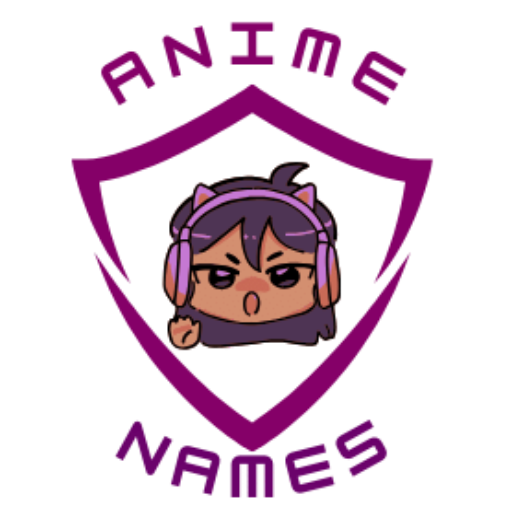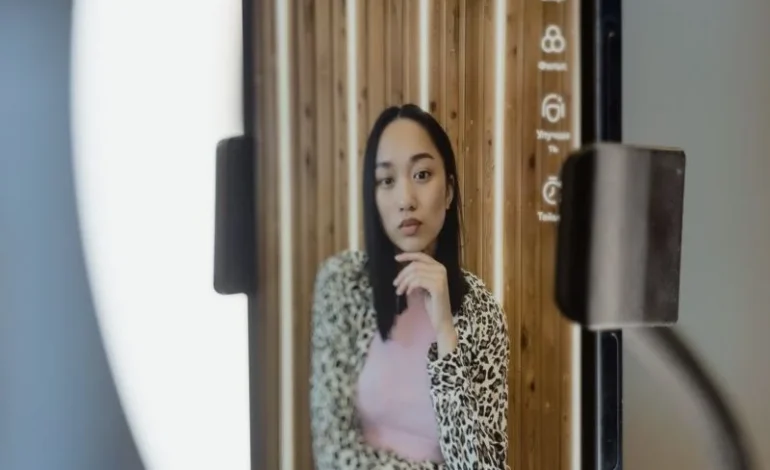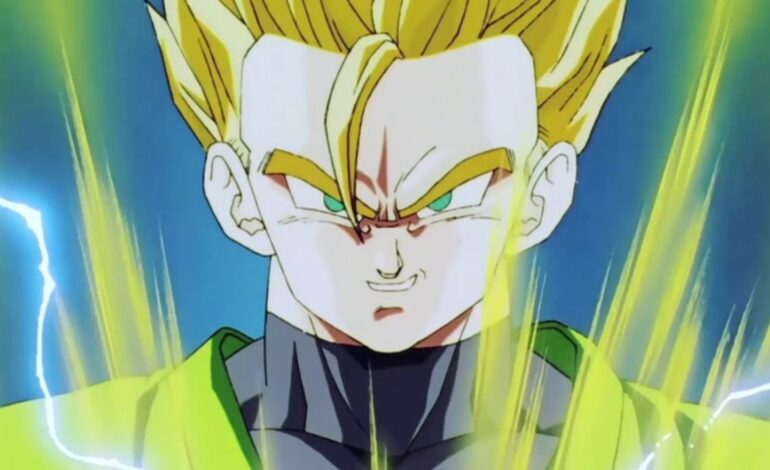
Anime Art Styles That Revolutionized Animation
Anime isn’t just about great stories—it’s also about the incredible anime art styles that bring those stories to life. Over the years, certain anime styles have stood out, not just for their plots but for their bold and unique visuals. These styles didn’t just make these shows memorable—they changed how animation is done, inspiring creators around the world. In this article, we’re taking a closer look at ten of the most iconic types of anime art styles that shaped the way we see and enjoy animation today. Get ready to explore some of the coolest and most influential designs in the evolution of anime history!
Why Anime Art Styles Are So Popular?
Anime art styles have captured hearts around the world because of their ability to tell stories visually. Unlike other forms of animation, different anime styles often combine striking character designs with expressive backgrounds, making every scene feel alive. From exaggerated facial expressions to dramatic action sequences, these styles create a sense of excitement and emotion that pulls viewers in.
One reason anime art style evolution has gained so much popularity is its variety. Whether it’s the bold lines of action-packed series or the soft, dreamy look of romantic stories, there’s something for everyone. These anime drawing styles aren’t just visually appealing—they help build the mood and atmosphere of each show. They can make a fight scene feel intense or a quiet moment feel deeply personal.
Another factor is how easy it is to recognize anime art styles compared to other types of animation. The large, expressive eyes, colorful hair, and unique character designs are instantly identifiable. This distinct look has become a cultural icon, influencing fashion, music videos, and even advertisements worldwide.
What Is the Anime Art Style Called?
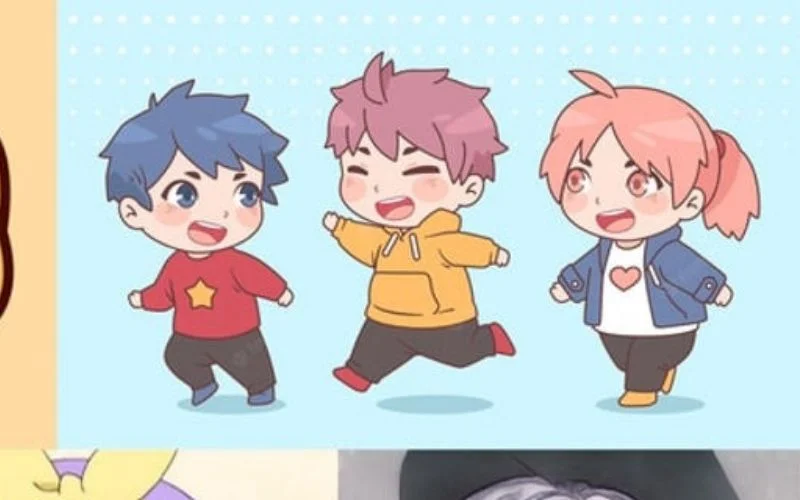
The anime art style doesn’t have a single name, as it varies based on the genre and artist. However, most people recognize it by a few key features—big eyes, small mouths, and expressive faces. These elements allow characters to show a wide range of emotions, even in the simplest scenes.
Anime styles over the years have pulled inspiration from Japanese manga, the country’s version of comic books. The combination of clean lines, vibrant colors, and detailed backgrounds is designed to bring these stories to life. Each anime style is adapted to fit the theme of the story, whether it’s a fast-paced action show or a heartfelt drama.
Some fans call it “anime-style art,” while others simply refer to it as “anime.” Artists often experiment within different anime art styles, blending traditional elements with their own creative ideas. This flexibility is one reason why the evolution of anime art style continues to excite fans around the world.
Shonen Anime:
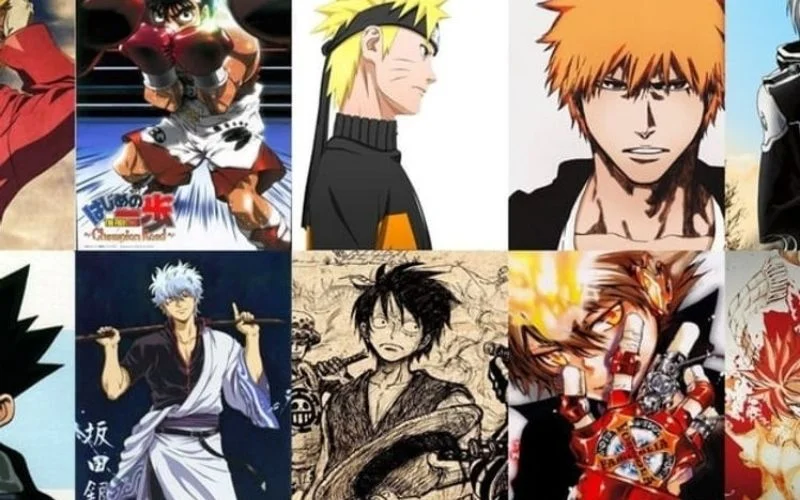
Shonen anime is one of the most well-known types of anime art styles, aimed primarily at young male audiences. Shows like Naruto, Dragon Ball, and One Piece feature bold character designs, intense action scenes, and themes of friendship and perseverance. The art in shonen anime often emphasizes movement, using sharp lines and dynamic angles to heighten the energy of every fight.
This anime art style also focuses on making characters look powerful. Protagonists are often drawn with strong, defined features, while villains might have exaggerated, menacing appearances. These artistic choices make it easy to distinguish heroes from their enemies and keep the audience engaged.
Shonen anime isn’t just about battles, though. It’s also known for its emotional moments. Through expressive anime drawing styles, viewers can see the determination, fear, or joy on a character’s face, adding depth to the story. This balance of action and emotion is what makes shonen anime so beloved.
Shojo Anime:
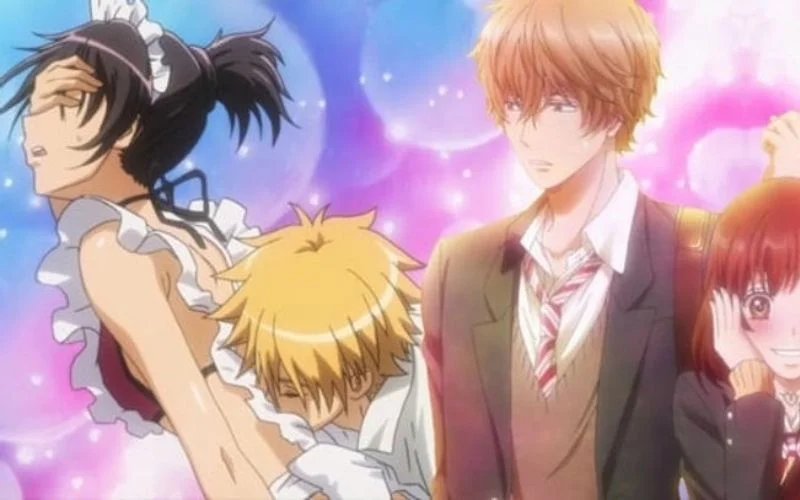
Shojo anime, on the other hand, is typically aimed at young female audiences and often features a softer, more romantic anime style. Think of classics like Sailor Moon or Cardcaptor Sakura. These shows often use pastel colors, flowing hair, and delicate details to create a dreamy, magical atmosphere.
One hallmark of shojo anime art styles is its focus on beauty and elegance. Characters often have large, sparkling eyes that convey deep emotions, from love to heartbreak. The clothing and hairstyles are usually intricate, adding to the visual appeal. Even the backgrounds often feel softer, with a focus on flowers, stars, or other decorative elements.
This type of anime art style is perfect for telling stories about relationships, personal growth, and magical adventures. By creating a whimsical look, shojo anime invites viewers to escape into its world and feel connected to its characters.
Seinen Anime:
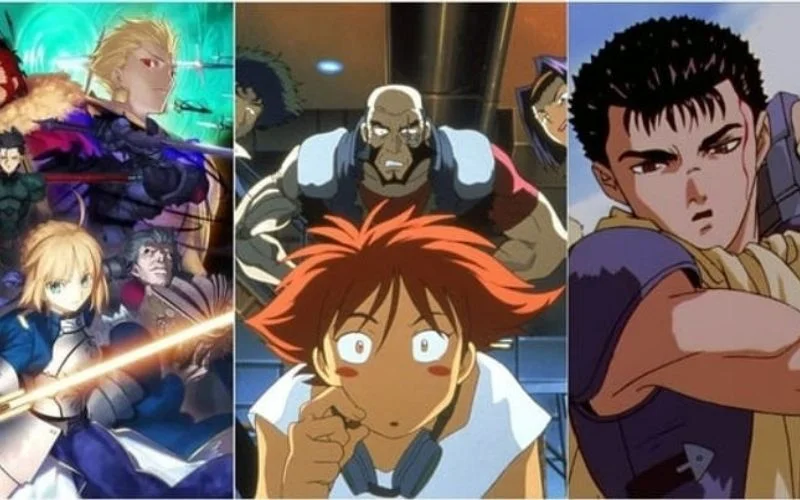
Seinen anime is designed for older male audiences and tends to have a more mature, detailed art style. Popular examples include Attack on Titan and Berserk. The art in these shows often features darker colors, realistic character designs, and gritty details that reflect the serious themes they explore.
Unlike shonen, seinen anime often avoids exaggerated expressions, opting for subtle facial movements to convey emotion. This makes the characters feel more grounded and relatable, even in fantastical settings. The backgrounds are often highly detailed, immersing viewers in the world of the story.
Seinen anime doesn’t shy away from complex topics like politics, war, or morality. The realistic art style enhances these themes, making the stories feel more impactful. For fans looking for something thought-provoking and visually stunning, seinen anime is a perfect choice.
Josei Anime:
Josei anime targets adult female audiences and often focuses on realistic stories about love, work, and life. Shows like Nana or Honey and Clover use a clean, understated art style that highlights the characters’ emotions and relationships.
The art in josei anime tends to be less flashy than shojo, with a focus on natural-looking characters and environments. This makes the stories feel more relatable, as viewers can see themselves in the situations portrayed. Clothing and hairstyles are often modern and stylish, adding to the grounded feel of the shows.
By using a simple yet elegant art style, josei anime emphasizes storytelling over spectacle. This allows the emotional depth of the characters to take center stage, creating a meaningful connection with the audience.
Kodomomuke:
Kodomomuke anime is created for young children and often features bright, cheerful art styles. Examples include Doraemon and Pokémon. These shows use simple shapes, vibrant colors, and exaggerated expressions to grab the attention of their young viewers.
The characters in kodomomuke anime are often cute and friendly-looking, with designs that appeal to kids. The backgrounds are usually colorful and whimsical, creating a fun and engaging environment. This style helps make the stories easy to follow and enjoyable for younger audiences.
Despite its simplicity, kodomomuke anime often teaches valuable lessons about friendship, kindness, and problem-solving. The art style plays a big role in making these messages accessible and entertaining for children.
Why Anime Art Captivates Us: The Secret Behind Its Universal Appeal?
Anime art has a special way of catching your attention and sticking in your memory. What makes it so appealing? For starters, anime combines bold visuals with storytelling that feels deeply personal. From the sharp lines of action-packed scenes to the soft glow in quiet, emotional moments, anime art makes you feel something every time.
One key reason anime is so popular worldwide is its versatility. Whether you’re into fantasy worlds, high school drama, or futuristic battles, there’s an anime art style that fits perfectly. Take the sweeping, colorful landscapes of Studio Ghibli, for example. These settings aren’t just backgrounds; they transport you into the story, making the entire experience feel magical. Contrast that with the gritty, darker tones of Attack on Titan, where the art style perfectly matches the tension and despair of the storyline.
Another reason anime resonates so deeply is the attention to detail. Characters are designed to be expressive, from their sparkling eyes to their unique hairstyles. A simple change in shading or color can tell you whether a character is happy, angry, or heartbroken. This level of detail allows creators to tell powerful stories without needing a single word.
Finally, anime doesn’t shy away from experimenting with its art styles. Shows like One Piece and Mob Psycho 100 stand out because of their daring, unusual designs that break traditional rules. This constant innovation keeps anime fresh and exciting, no matter how long you’ve been a fan.

Does Anime Art Deserve to Be Called ‘Real Art’? Absolutely, Here’s Why!
Some people dismiss anime as “just cartoons,” but that couldn’t be further from the truth. Anime art is a complex and thoughtful form of expression, requiring just as much skill and creativity as traditional forms of art. Many anime creators spend years mastering techniques in sketching, color theory, and digital animation.
For example, consider the way Makoto Shinkai uses lighting in films like Your Name. Every frame could be a painting, with glowing sunsets and sparkling cityscapes that feel alive. The effort that goes into creating such visuals is no less impressive than what you’d find in a traditional painting or sculpture.
Anime also reflects culture and emotion in a way that connects with people around the world. Themes like love, loss, and identity are explored with stunning visuals that help viewers relate to the characters. Just like the works of famous painters, anime often carries deeper meanings hidden within its imagery. A show like Neon Genesis Evangelion isn’t just entertainment—it’s a visual and emotional exploration of human psychology and spirituality.
What’s more, anime has influenced many areas of creative work, from fashion to video games. Designers often borrow ideas from anime because of its bold use of colors and shapes. If that’s not proof of its artistic value, what is?
Why Do Art Schools Reject Anime? It’s Time to Challenge the Bias
Despite anime’s growing popularity and influence, many art schools refuse to accept it as a legitimate style. Why is that? One common argument is that anime is too commercialized. Critics claim it’s more about mass production than personal creativity. However, this overlooks the immense amount of originality behind most anime series.
Another reason for this rejection is the belief that anime isn’t “serious” enough. Art schools often prioritize styles that align with traditional Western art forms, such as realism or abstract art. This narrow view ignores how anime blends traditional techniques with modern technology to create something entirely unique. For example, hand-drawn frames are still used alongside digital tools in many anime productions, preserving the art’s craftsmanship.
The bias against anime in art education is also tied to cultural differences. Since anime originated in Japan, it doesn’t always fit the standards set by Western institutions. But as the world becomes more interconnected, this perspective feels outdated. Young artists inspired by anime often face discouragement when trying to incorporate it into their portfolios, even though it represents their genuine passion and creativity.
It’s time to rethink these attitudes. Art is about expression, and anime offers a powerful, innovative way to share ideas. Schools could benefit greatly from embracing anime as part of their curriculums, encouraging students to explore a wider range of styles and techniques. After all, if art is supposed to push boundaries, why not include anime in the conversation?
Should You Draw Anime or Realism First? The Key to Mastering Both!
When starting your drawing journey, you might wonder whether to focus on anime or realism first. Both styles have unique challenges, and choosing where to begin depends on your goals. Let’s break it down to help you decide.
Realism teaches you the fundamentals of drawing. By studying how light falls on objects, how anatomy works, and how textures behave, you gain essential skills. These skills make it easier to tackle any style later, including anime. For example, understanding human proportions will help you create characters that look balanced, even if their features are exaggerated in anime.
On the other hand, anime art can be more approachable for beginners because it feels less strict. You don’t need to draw every detail; instead, you focus on bold outlines and simplified forms. This makes it a fun and creative way to start drawing. However, without a solid grasp of basics like perspective and anatomy, your anime art might lack depth and polish.
The good news? You don’t have to choose one and stick with it forever. Many artists switch between the two, blending the strengths of each style. For example, artists like Yoshitaka Amano bring the detailed textures of realism into their anime-inspired work. By practicing both styles, you develop versatility, making your art stand out.
Hand-Drawn Anime vs. Digital: How Tradition and Technology Collide
Anime has come a long way, and the way it’s created has changed drastically. Traditionally, anime was entirely hand-drawn. Artists sketched every frame on paper, adding color and detail manually. This method created some of the most iconic shows, like Akira and Sailor Moon. The charm of hand-drawn anime lies in its imperfections—tiny variations in lines and colors give it a human touch.
Digital techniques, however, have taken the industry by storm. Digital tools make animation faster and more cost-effective. Shows like Demon Slayer use digital effects to create stunning visuals that wouldn’t have been possible with traditional methods. The smooth transitions and glowing lights in these shows are a direct result of digital innovation.
While digital tools offer convenience, many fans and creators still cherish the artistry of hand-drawn anime. For example, Studio Ghibli continues to use traditional methods for many of its works, combining hand-drawn animation with subtle digital touches. This balance between old and new allows for both efficiency and a timeless feel.
So, which is better? Neither. Hand-drawn animation offers charm and tradition, while digital techniques push the boundaries of what’s visually possible. Together, they represent the best of anime’s evolution.
Why Anime Drawing Feels Tough—and How to Make It Easier!
Drawing anime can be intimidating, especially if you’re new to art. The exaggerated features, dynamic poses, and detailed designs make it look complicated. But the truth is, with the right approach, anyone can learn to draw anime.
One reason anime feels tough is its reliance on precision. Unlike sketchy or abstract styles, anime demands clean lines and balanced proportions. A slight mistake in a character’s face or body can throw off the entire design. To overcome this, start by practicing basic shapes. Most anime characters can be broken down into circles, ovals, and triangles, making them easier to draw.
Another challenge is capturing emotions. Anime characters are known for their expressive faces, which means you need to master subtle details like eyebrows, mouths, and eye shapes. Practice drawing different expressions to build your confidence. A good tip is to study reference images or pause your favorite anime scenes to observe how emotions are conveyed.
Finally, don’t forget the importance of patience. Many beginners want their drawings to look perfect right away, but art takes time. Start with simple poses and gradually work your way up to more complex designs. Tools like grid guides and drawing tutorials can help you stay consistent while improving.
Manga vs. Anime: What’s the Difference?
Manga and anime are two sides of the same coin, but they’re not identical. Manga refers to Japanese comics, while anime is the animated adaptation of these stories. Both share similar art styles, but their differences go beyond just format.
One major difference is the level of detail. Manga artists often have more time to create intricate illustrations since they work on a smaller scale. Every panel in a manga is carefully crafted to convey movement, emotion, and atmosphere. In contrast, anime relies on fluidity. Animators must create multiple frames per second, which means simplifying details to maintain consistency.
Another difference lies in pacing. Manga allows readers to move at their own speed, absorbing each frame and its details. Anime, on the other hand, controls the pacing through music, voice acting, and timing. This can make certain moments more dramatic or exciting, like an epic fight scene in Naruto or an emotional reveal in Attack on Titan.
Despite these differences, manga and anime often complement each other. A manga series might inspire an anime adaptation, while an anime’s popularity can boost interest in its source material. Both are beloved for their ability to tell incredible stories, whether through still images or moving animation.
Legendary Anime Artists Who Defined the Industry?
The world of anime wouldn’t be what it is today without its visionary artists. These creators shaped the industry with their unique styles and storytelling techniques.
One such legend is Hayao Miyazaki, co-founder of Studio Ghibli. Known for films like Spirited Away and My Neighbor Totoro, Miyazaki’s art captures the beauty of nature and the innocence of childhood. His hand-drawn scenes often feel like they’re alive, brimming with small, thoughtful details.
Another influential artist is Osamu Tezuka, often called the “God of Manga.” Tezuka created iconic works like Astro Boy, setting the foundation for modern anime and manga. His characters’ large, expressive eyes became a hallmark of anime art.
Yoshiyuki Tomino also left a lasting impact with his work on Mobile Suit Gundam. His designs helped popularize mecha anime, a genre that remains hugely popular today.
These artists didn’t just create memorable works—they inspired countless others. Their creativity and dedication continue to influence the next generation of anime creators, ensuring the art form’s legacy lives on.
If you’re looking for anime names click here.
